In the second edition of the BRIDGES Cologne Policy Insights, we shine a spotlight on the question of whether or not nonhuman animals can be considered as authors under German copyright law. We do this by discussing a recent publication by Prof Dr Roman Bartosch, Co-Director of BRIDGES and MESH at the University of Cologne, and Julia Kessel, Research Assistant at the Faculty of Law, FernUniversität in Hagen.
Published Research
In a recent article, entitled “Animals as Artists: An Interdisciplinary Conversation on German Copyright Law,” the two researchers make the case for recognising the rights of nonhuman animals as artists and authors in Germany. They ask: “Can animals be artists?” And they reply: “This question challenges various disciplines and has produced various answers and ongoing debate.” This sets the stage for them to review some principles of German copyright law in relation to nonhuman animals, with the hope of advancing scholarship on the legal debate on animal rights as well as the relevant ethical and scientific considerations.
They push back on limiting legal requirements for nonhuman animals to fit into human-centric categories like identifiable creator and personality before being considered as artists. They seek to unsettle the current status quo in German copyright law which does not consider animals as legal persons. With inspiration from the history of revising laws to include disenfranchised human subjects (e.g., women’s voting rights) and recent jurisprudence on the rights of nature around the globe, the scholars argue for the recognition of animal rights. For instance, they cite the case of Argentina where a court declared in 2016 that a chimpanzee is a nonhuman legal entity. Thereafter, they evoke a famous 2015 case in the USA wherein a monkey had taken selfies of itself in the Indonesian jungle (with a camera purposely placed by British nature photographer David John Slater). Disappointingly, the US Copyright Office refused to recognise the monkey’s copyright over the selfies, arguing that it can only do so for artwork created by human beings.
To expose the loopholes in such legal reasoning, Bartosch and Kessel then enter into interdisciplinary dialogue with fields such as environmental and animal philosophy, art theory, and anthropology. This takes them through ethical and philosophical debates on animals in general, the indigenous-inspired legal traditions of recognizing the rights of nature (e.g. rights of nature in the Ecuadorian constitution, rights of some rivers in India), culminating in evidence for human and nonhuman artistic collaborations (e.g. with artificial intelligence, with nonhuman animals). And this trajectory reinforces their call for the recognition of animals’ rights to authorship in Germany and beyond.
Policy Recommendations
The researchers then formulate three recommendations aimed at protecting the rights of nonhuman animals in German copyright law. The recommendations are summarised below.
- Following Stefan Papastefanou, they recommend that copyright law should be adapted to dispense with the requirement of the personality of the creator. This would make room for including more types of work under copyright law, such as the artistic creations of nonhuman animals.
- Following Andreas Fischer-Lescano, they suggest that human guardians could be designated to speak for nonhuman animals and their rights, including their artistic copyrights. In addition, they suggest that legal fiction and guardianship should be reconsidered to include insights on alternative lived practices and progressive definitions of artistic work, creativity and personhood as proposed by other epistemological disciplines and traditions relating to issues of ethics and justice.
- Drawing on interdisciplinary scholarship on the rights of nature, they recommend that animals should be considered as a third legal subject alongside natural and legal persons. Indeed, inspired by scientific evidence that animals are sentient beings and existing jurisprudence for the rights of nature, they suggest that legal systems, including copyright law, should go beyond the unnecessary separation between humans and nonhuman animals, especially when it comes to recognising the multiple and shared authorship of artistic works. This is linked to the advancement of One Health and Planetary Wellbeing, which constitute the thematic focus of the University of Cologne’s Hub within the UNESCO-MOST BRIDGES Coalition.
Targeted Policymakers
The recommendations Bartosch and Kessel provide can be useful to a number of policymakers and stakeholders, not only in Germany, but also elsewhere. Among others, these include copyright entities and specialists, lawmakers (e.g. members of parliaments and other politicians), judges, lawyers, environmental activists and NGOs, international organisations, and researchers.



